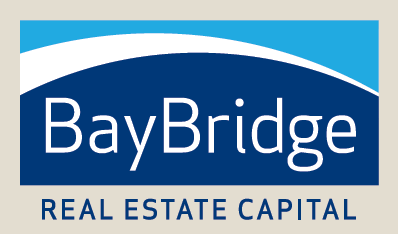Any historian worth their salt will tell you that history repeats. Patterns of similar thought and behavior can be identified throughout human history across cultural and generational boundaries. The same applies from an economic standpoint. Markets are cyclical, and there is much to learn from the past. Luckily for us, in 2023, we can observe the current market turmoil through the lens of the global financial crisis.
The recent failures of Silicon Valley Bank (SVB) and Signature Bank are reminiscent of the start of 2008. Their failures created downstream issues and halted lending from smaller regional banks. This time, however, the contagion is largely controlled. Finance professionals realized SVB and Signature had unique balance sheets responsible for their collapse. Other large banks are mostly protected by conservative underwriting and continue to lend. Banks account for $1.7 trillion of the $4.5 trillion in commercial debt – about 38 percent. Roughly two-thirds are large banks, meaning regional bank-halts only account for about 13 percent of the CRE lending pie.
The overall default rate during the global financial crisis was around 10 percent. Today’s market slowdown is also going to lead to some defaults. It’s part of the market cycle, given CRE’s boom-or-bust nature.
The main difference now is healthier loan and pricing metrics and better credit conditions. The risk premium on cap rates (spread over treasury) has been a healthy 250 basis points on average across property types. Unlike in 2008, we haven’t seen that spread narrow and cause serious overpayment. This means recent outstanding loans originated based on healthy cap rate values. Additionally, the market has seen steady rent growths.
One big issue that remains is current interest rates. The Fed has been hiking rates to fight inflation and trillions of dollars in loans are set to mature. Loans that were issued with much lower interest rates – some were practically zero. These assets have experienced significant value growth and will need to refinance at today’s higher rates. It’s important to remember that real estate values have benefitted from the inflation that is now knocking on their door.
Ultimately, these downturns reshape the markets and force its players to change their strategies. The global financial crisis saw a 30 to40 percent price correction across assets. We will likely see a similar repricing and retooling of office assets today. Banks will take hold of defaulted office spaces and sell them at a discount. As is the case with other troubled assets.
Although resistant, multifamily is not impervious to market cycles. Fortunately, for this asset class, there is a floor because the demand is always so high. Even in the face of rising interest rates, the 2022 Q4 multifamily cap rates were still going down.
It’s important to acknowledge that commercial real estate is a physical manifestation of the economy – an indication of its health. Daunting headlines and anecdotal defaults can overshadow key metrics that give hope for a less gloomy outcome. It may be a day of reckoning for a small percentage of players, but the markets will eventually right themselves, and there will be new opportunities ahead.
Hall, Miriam, Producer and Host of “Bisnow Reports: A CRE News Podcast.” Episode 46:
Moody’s Analytics’ head of CRE economic forecasting Kevin Fagan, March 27, 2023 https://www.bisnow.co

